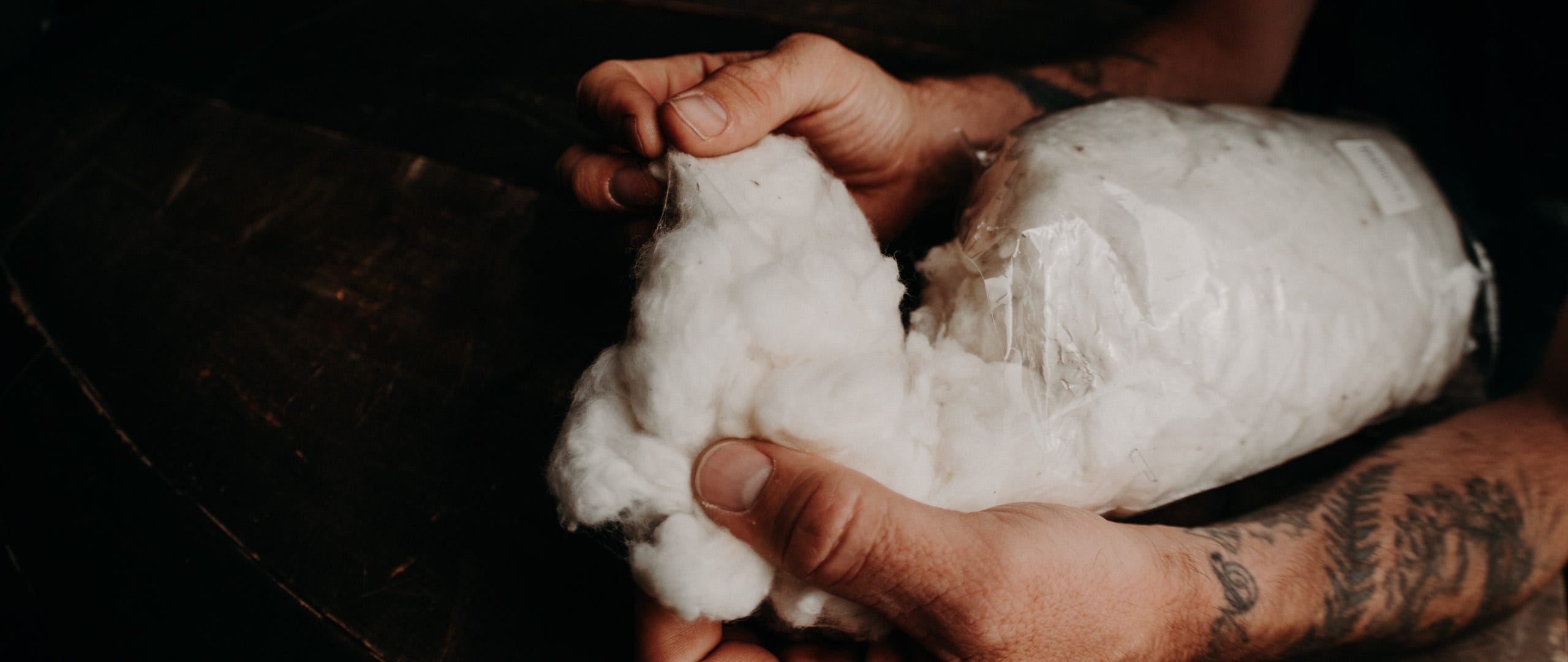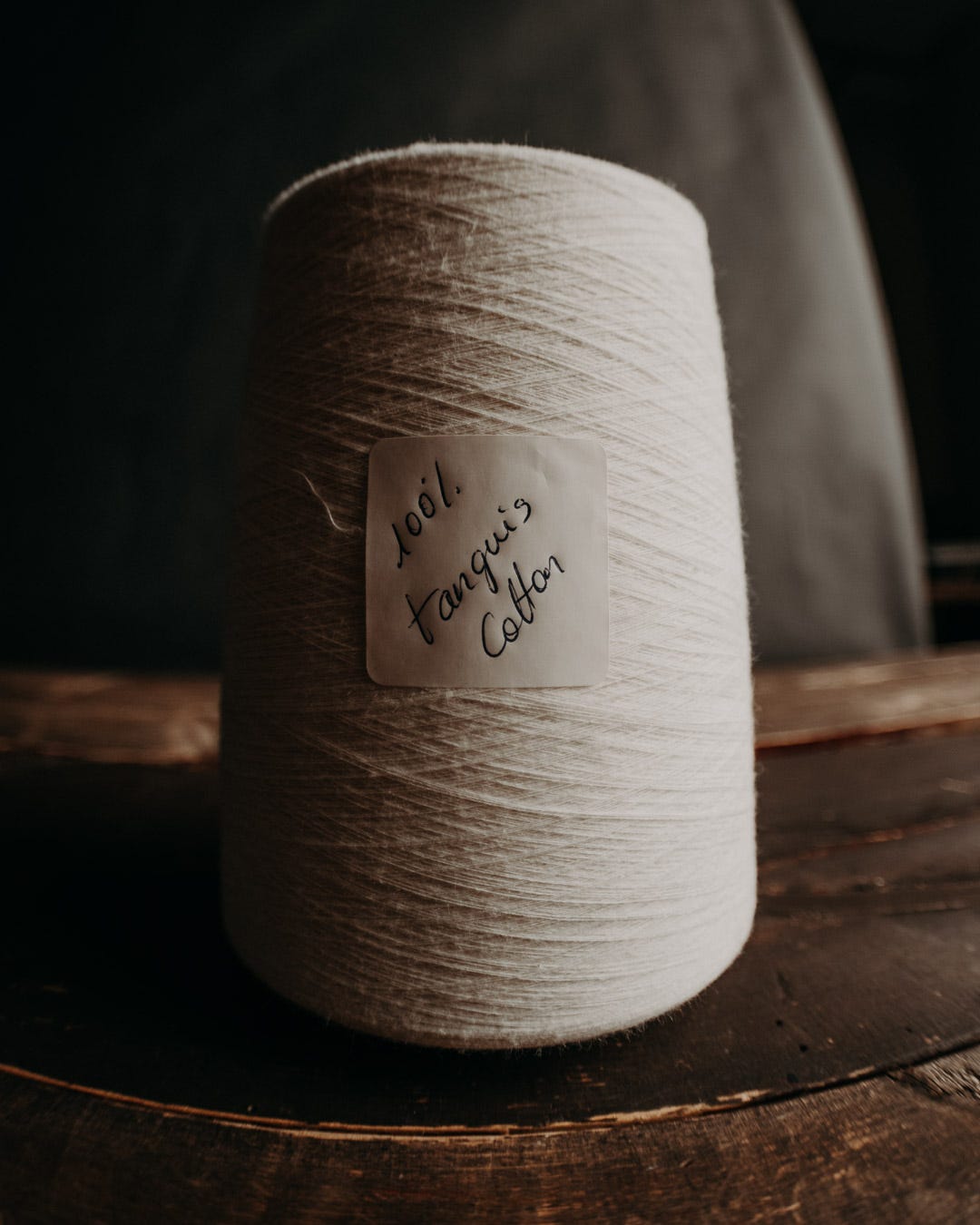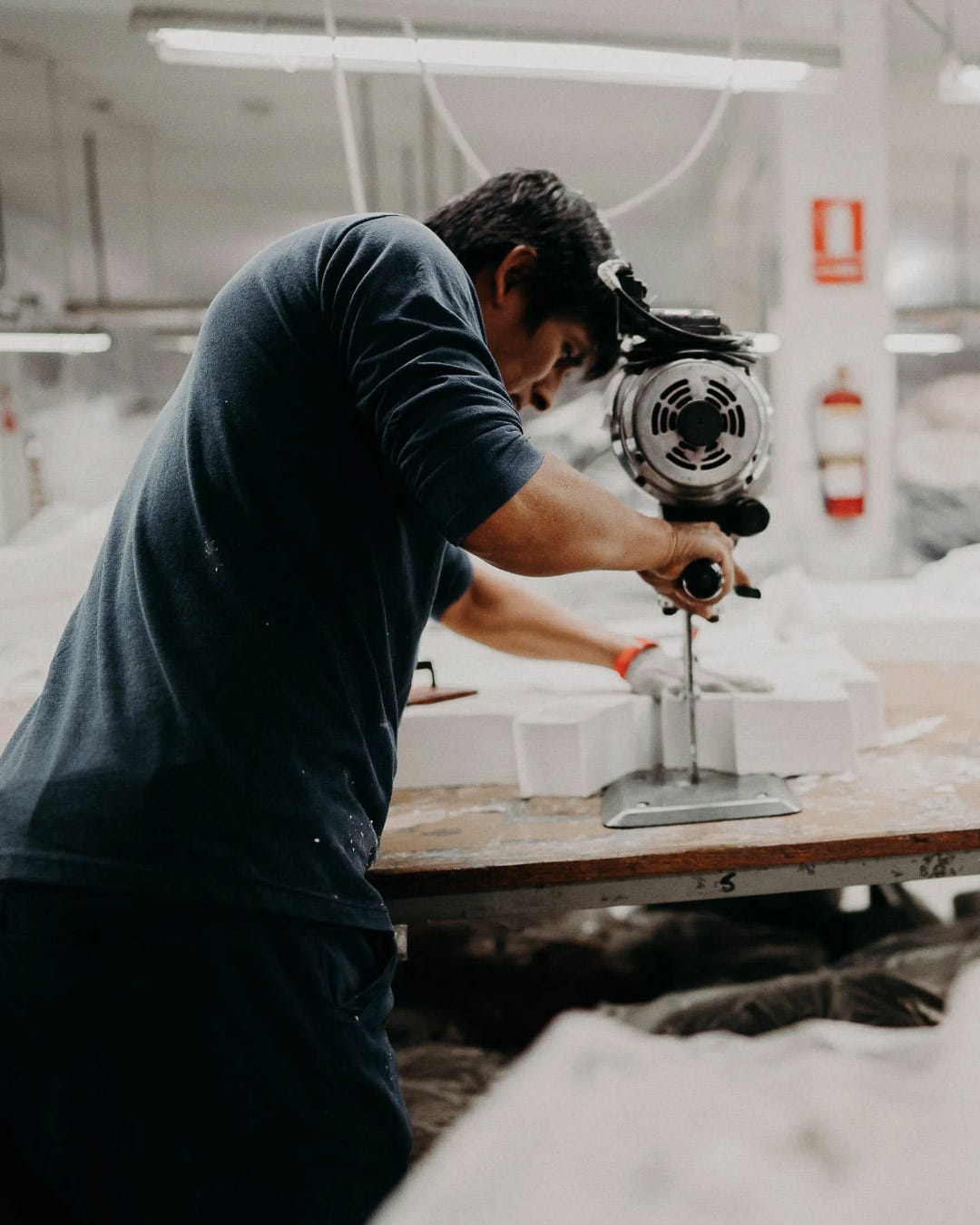Tanguis Cotton - Luxury Long Strand Cotton Fibers in a Graphic Tee? Why Not?
Luxury Long Strand Cotton Fibers in a Graphic Tee? Why Not?

Graphics are rad, especially from our graphic team. But our tees go beyond the average mass-produced graphic tee. Cotton fibers up to twice as long as American Upland Cotton.
Tanguis Cotton is a unique variety of cotton grown and hand harvested in Peru. Peru is believed to produce some of the best cotton in the world by a combination of climate, soil, and altitude. The cotton in our tees is harvested by hand, in contrast to industrial sized operations. Machine harvesting cotton is an efficient way, but not always the best for the integrity of the cotton. We prefer cotton grown and harvested the traditional way. Especially if you are wearing it on your back. You want a t-shirt not a back scratcher.
Haven't heard about Tanguis Cotton? Tanguis cotton was developed by Fermin Tanguis in 1911 (by the process of hybridization) as a solution to the Peru's cotton plague at the time. Tanguis is not only inherently resistant to disease but drought tolerant and more productive. This translates to less insecticide and pesticides, which is better for the health of local ecosystems and field workers. Tanguis cotton goes to harvest 6 times annually, whereas other varieties are only harvested once a year. The Tanguis Cotton plant produces cotton with longer and thicker fibers (40% longer), making it more durable and more luxurious to the hand. Think of this like the fibers in a floor rug or carpet. A long fiber rug is plush and feels great when you sit or lie down on it, where a short carpet feels rough and uncomfortable.
Are our tees made from cotton that is environmental and sustainable?
· Drought tolerant – less water
· Hearty - Disease and Insect resistant – less insecticides and pesticides
· Seed to Garment – From Peru to Montana
· An ancient discipline – Peru has been growing cotton for 5000 years
· Hand harvested – no heavy equipment impacting the soil, and fewer emissions
· Lasts Longer – fewer tees in landfill




Look, the Garment Industry is full of misleading a far-flung claims about these “hot topics.” Most of what is considered “ecofriendly” is made from recycled plastics like water bottles and old fishing nets. This is turned into polyester which takes up over half of the textile fabric produced globally. Recycling is not always an environmentally neutral endeavor. There is the issue of sourcing (collecting) and transporting and the process of breaking down the bottles themselves into a usable fabric. The biggest issue though is microplastics, a problem becoming more and more relevant in today’s world.
We like cotton, especially Pima and Tanguis, not just because they are natural and cool to the touch, but because they are we think the lesser of the evils. There is just no way around it. Producing clothing makes an impact, no matter how you do it. And one of the ways we can make a positive impact here is by making clothing that is stronger and more durable and lasts longer, sometimes up to twice as long as Upland Cotton Varieties (90% of cotton garments).








